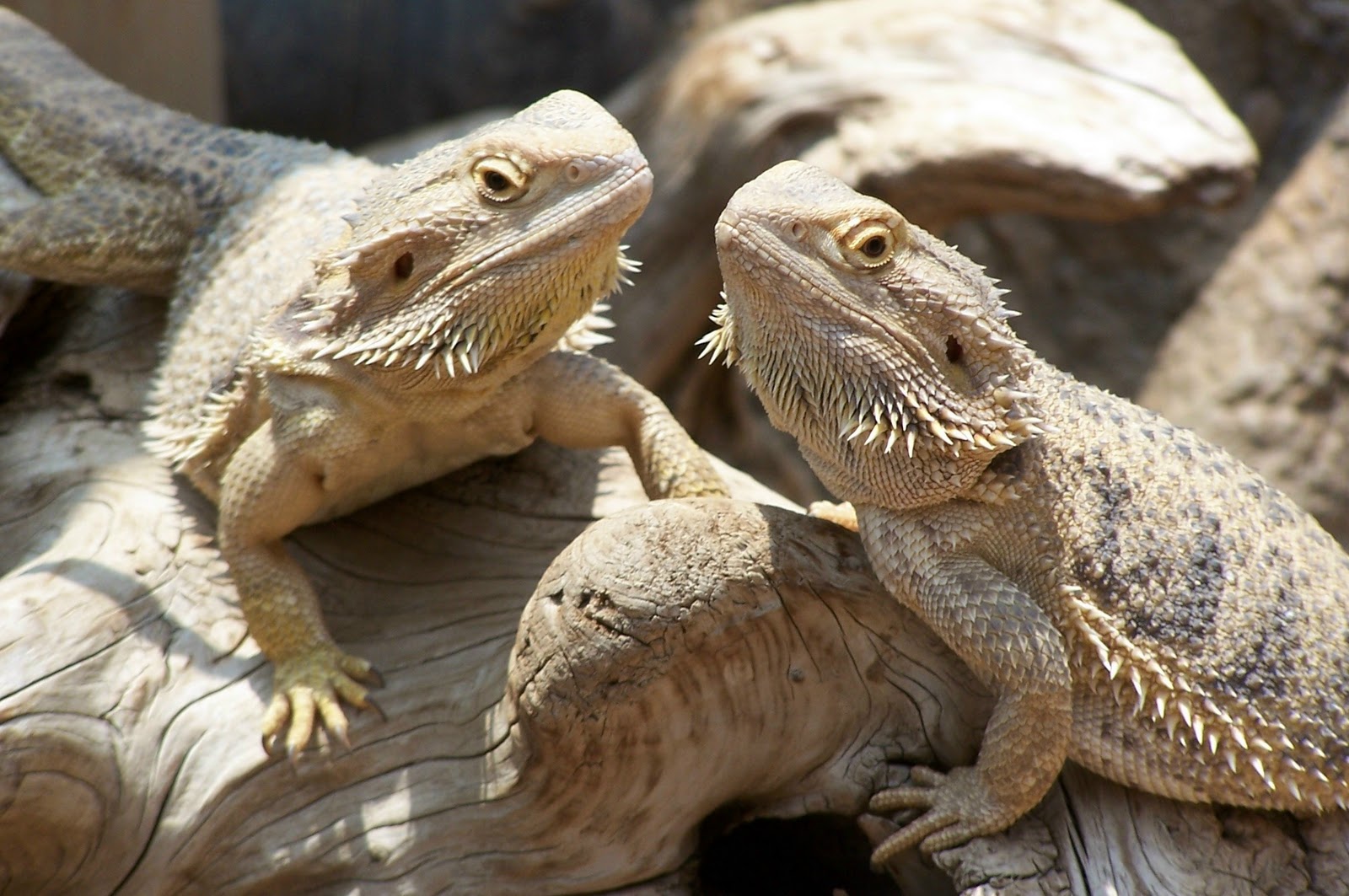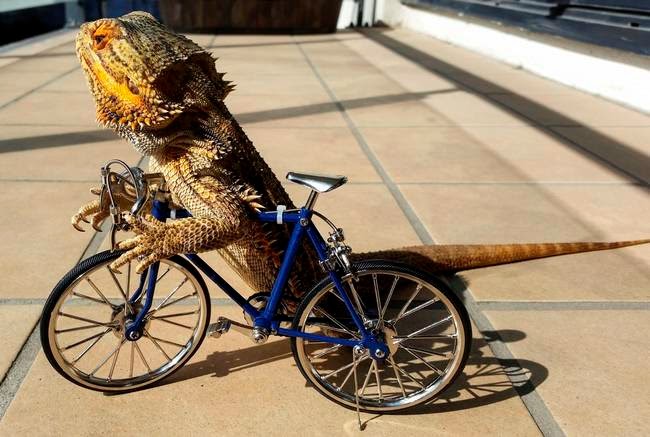Why is My Bearded Dragon's Tail Curled Up? A Beginner's Guide to Understanding This Common Behavior
Introduction
Bearded dragons are amazing pets that can bring a lot of joy and companionship to their owners. However, as with any pet, there are certain behaviors that may be concerning to new owners. One of these behaviors is when a bearded dragon’s tail is curled up. While this may seem alarming at first, it is actually a common and natural behavior for these reptiles. In this guide, we will explain the reasons behind a bearded dragon’s curled up tail and what you can do to ensure that your pet is healthy and happy.
What Causes a Bearded Dragon’s Tail to Curl Up?
There are several reasons why a bearded dragon’s tail may curl up. One of the most common reasons is that they are trying to regulate their body temperature. Bearded dragons are cold-blooded animals, which means that they rely on external sources of heat to maintain their body temperature. When they are too cold, their tail may curl up in order to conserve heat. Conversely, when they are too hot, they may extend their tail in order to dissipate heat.
Another reason why a bearded dragon’s tail may curl up is that they are feeling threatened or stressed. When bearded dragons feel threatened, they may curl up into a defensive posture in order to protect themselves. This can involve curling up their tail, arching their back, and puffing up their beard.
Lastly, a bearded dragon’s tail may curl up simply as a result of their natural anatomy. Bearded dragons have long, muscular tails that are designed to help them balance and climb. When they are moving around, their tail may curl up in order to help them maintain their balance.
How to Tell if Your Bearded Dragon’s Curled Up Tail is a Problem
While a curled up tail is not necessarily a problem, there are certain signs that you should look out for to ensure that your bearded dragon is healthy. If your bearded dragon is displaying any of the following symptoms, it may be a sign that their curled up tail is a cause for concern:
- Loss of appetite
- Weight loss
- Lethargy
- Discoloration or sores on the tail
- Bumps or lumps on the tail
- Irregular shedding
If you notice any of these symptoms, it is important to take your bearded dragon to a veterinarian for a check-up. They will be able to determine if there is an underlying health problem that needs to be addressed.
What You Can Do to Keep Your Bearded Dragon Happy and Healthy
To ensure that your bearded dragon’s curled up tail is not a cause for concern, there are several things that you can do to keep them healthy and happy. Here are a few tips:
Provide Adequate Heat and Lighting
As we mentioned earlier, bearded dragons need external sources of heat to maintain their body temperature. Make sure that your bearded dragon’s enclosure is fitted with a heat lamp or ceramic heater to ensure that they are warm enough. Additionally, bearded dragons need UVB lighting in order to metabolize calcium properly, so make sure that they are receiving sufficient UVB exposure as well.
Handle Your Bearded Dragon Gently
Bearded dragons are docile and friendly pets, but they can feel threatened if they are handled too roughly or if they are picked up too often. When handling your bearded dragon, be gentle and allow them to move around freely in your hands.
Provide Plenty of Hiding Places
Bearded dragons need a lot of space to move around and explore, but they also need places to hide when they feel threatened or stressed. Make sure that your bearded dragon’s enclosure has plenty of hiding places, such as rocks, logs, or plants, where they can retreat to if they need a break from the outside world.
Conclusion
In conclusion, a curled up tail is a common and natural behavior for bearded dragons. While it may seem alarming at first, it is usually nothing to worry about. However, it is important to be aware of the signs of an underlying health problem, and to take your bearded dragon to a veterinarian if you notice anything unusual. By following the tips outlined in this guide, you can ensure that your bearded dragon is healthy and happy for years to come.










